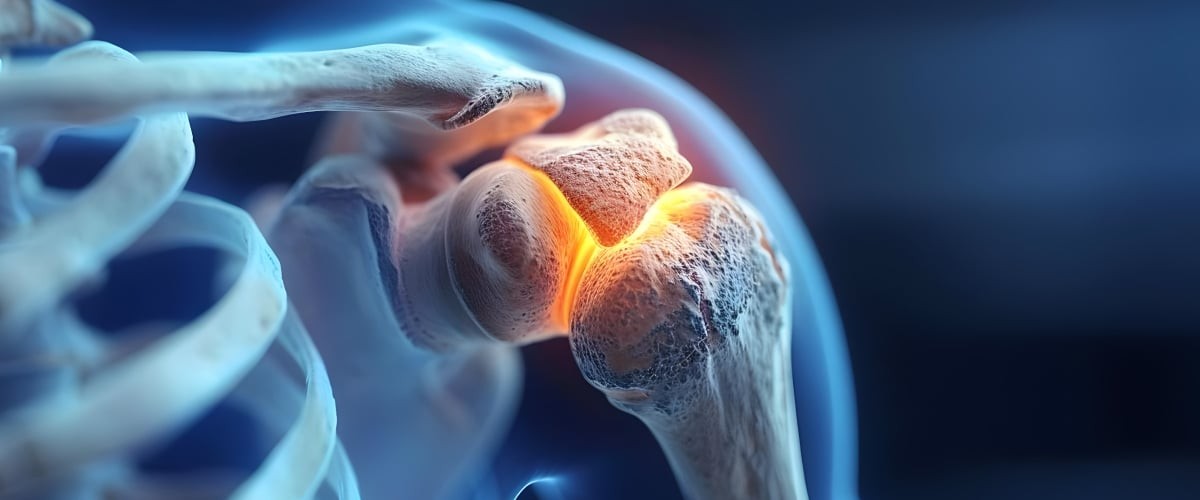
Understanding Bone Marrow Transplants: MGM Cancer Institute
MGM Cancer Institute’s team of experts is highly specialized in procedures like bone marrow transplants, choosing an experienced healthcare provider is critical. MGM Cancer Institute in Chennai has emerged as one of India’s leading centers for bone marrow transplantation and stem cell therapy.
The state-of-the-art facility includes dedicated bone marrow transplant wards with HEPA-filtered air handling units and protective isolation rooms to minimize infection risks.
What sets MGM apart is their extraordinarily skilled and compassionate team of BMT physicians, nurses, transplant coordinators, and supporting staff. From extensive HLA typing for donor matching to novel treatment protocols and comprehensive post-transplant care, patients receive a multidisciplinary approach aimed at the best possible outcomes.
MGM also operates an outstanding Daycare BMT program, which provides the opportunity for certain eligible patients to undergo their transplant journey without being admitted long-term. This can greatly enhance quality of life and reduce costs.
With deep expertise, advanced technology, and unwavering commitment to their patients, MGM Cancer Institute is paving the way for accessible, world-class bone marrow transplant treatment across India and beyond. The following sections provide an in-depth guide to further understanding this life-saving procedure.
What is a Bone Marrow Transplant?
A bone marrow transplant is a life-saving medical procedure that involves replacing damaged or diseased bone marrow with healthy stem cells. Bone marrow is the spongy tissue found inside bones that produces blood cells – red blood cells to carry oxygen, white blood cells to fight infection, and platelets to aid in clotting.
Certain diseases and cancers can damage the bone marrow, preventing it from producing healthy blood cells. A bone marrow transplant may be recommended when:
- The bone marrow is not functioning properly due to disease or chemotherapy.
- The body has an inherited or acquired bone marrow failure syndrome.
- There is an inherited metabolic or immune system disorder.
There are two main types of bone marrow transplants:
Autologous transplant: Using the patient’s own previously collected stem cells.
Allogeneic transplant: Using stem cells donated by someone else, ideally a close genetic match.
The Bone Marrow Transplant Process Step-by-Step
The bone marrow transplant journey involves several key phases:
Preparation and Testing – The required medical tests are done to ensure the patient is healthy enough for the transplant. Potential donors also undergo blood tests to find the best genetic match.
Harvesting Stem Cells – Stem cells are collected from the donor’s circulating blood or directly from the bone marrow in the hip region. For autologous transplants, the patient’s own cells are harvested prior to treatment.
Conditioning – The patient receives high-dose chemotherapy and sometimes radiation to destroy any remaining cancerous or diseased bone marrow cells.
Transplant Day – The harvested stem cells are infused into the patient’s bloodstream through an IV, similar to a blood transfusion. The healthy cells travel and “engraft” in the bone marrow space.
Recovery and Engraftment – It takes around 2-4 weeks for the new stem cells to start producing healthy blood cells. During this critical period, patients are monitored closely and given medications to prevent complications.
Diseases Treated With Bone Marrow Transplants
Bone marrow transplants are used to treat a variety of life-threatening blood cancers and disorders, including:
- Leukemias (acute/chronic myeloid and lymphoblastic)
- Lymphomas (Hodgkin’s and non-Hodgkin’s)
- Inherited immune disorders like severe combined immunodeficiency
- Aplastic anemia – Bone marrow failure
- Sickle cell disease
- Thalassemia – Inherited blood disorder
The decision for a bone marrow transplant depends on factors like disease type/stage, age, overall health, and availability of a suitable donor match.
Finding a Bone Marrow Donor Match
For allogeneic transplants, the closest possible human leukocyte antigen (HLA) tissue type match is ideal to minimize rejection risk. Matches are ranked from best to worst:
- Identical twin
- Sibling
- Parent/Child
- Unrelated donor match
- Umbilical cord blood unit
Siblings have a 25% chance of being a perfect match, and a 50% chance of being a partial match.
If no family matches exist, national bone marrow registries like Be The Match provide access to millions of unrelated volunteer donors. Stringent HLA typing helps identify the best match.
Risks and Potential Complications
As with any major medical procedure, bone marrow transplants carry certain risks
However, transplant centers have procedures in place to reduce complications. Risks are managed through:
- Preventative antibiotics/medications
- Careful monitoring
- Strict protocols for donors/procedures
- Experience of the transplant team
Early treatment of complications is crucial for the best outcomes.
Life After a Successful Transplant
Patients who undergo a successful bone marrow transplant require ongoing monitoring, but can generally expect their quality of life to improve over time as the new marrow allows their body to produce healthy blood cells.
The first year post-transplant involves:
- Frequent doctor visits and blood tests
- Taking immunosuppressant medications
- Limiting exposure to crowds/infection risks
- A restricted diet to protect the new cells
With time, survivors are able to:
- Return to work/school and normal activities
- Slowly reduce medications and precautions
- Build up their new immune system
Support groups connect survivors to share advice and celebrate milestones together.
Disclaimer
Conclusion
A bone marrow transplant is a complex but potentially curative procedure for various blood cancers and disorders. By replenishing the body’s natural blood production from healthy stem cells, it gives hope for remission and renewed health.
While the transplant journey involves significant risks and challenges, continuous medical advancements and specialized transplant teams have greatly improved outcomes. Extensive research helps ensure the absolute best donor match and treatment plan is pursued.
Most critically, bone marrow transplants rely on the selfless acts of volunteer donors. Registering to be a donor gives the gift of life – something cancer survivors express endless gratitude for.
Understanding this life-saving treatment takes patience, but the courage of both patients and donors provides inspiration daily. If you or a loved one are facing a bone marrow transplant, be sure to consult reputable sources and get the guidance needed from your care team.
FAQ”s
Who usually needs a bone marrow transplant?
People with cancers affecting the bone marrow and blood cells like leukemias, lymphomas, or multiple myeloma often require a bone marrow transplant. It’s also used to treat inherited immune disorders, aplastic anemia, sickle cell disease, and other conditions causing bone marrow failure.
Who is a good candidate for bone marrow transplant?
Ideal candidates are those with a good overall health status beyond their specific condition, able to withstand the intensive treatment. Age, disease stage/aggressiveness, donor availability, and lack of other effective options are key factors considered.
Does ALL require bone marrow transplant?
Acute lymphoblastic leukemia (ALL) frequently requires an allogeneic bone marrow transplant, especially for higher-risk patients or those who don’t achieve remission with initial chemotherapy. A matched-donor transplant improves leukemia-free survival rates for many ALL patients.
Contact Us
Visiting Hours
OPEN 24 hours 7 days a week.
OPD Timings : Monday to Saturday
( 9:00 AM to 5:30 PM )
Appointments
Emergency
Visit the hospital
MGM Cancer Institute
No 119 & 121, Nelson Manickam Road, Raajeswari Street, Rajaram Mehta Nagar,
Aminjikarai, Chennai – 600029
At MGM Cancer Institute, we believe in curing the fear of cancer first. We understand that battling cancer is not just a physical fight, but a mental and emotional one as well. Our dedicated team is committed to providing exceptional healthcare that improves your overall well-being and eases the anxiety that comes with cancer. With a 150-bed facility in the heart of your city, we are here to support you every step of the way.















